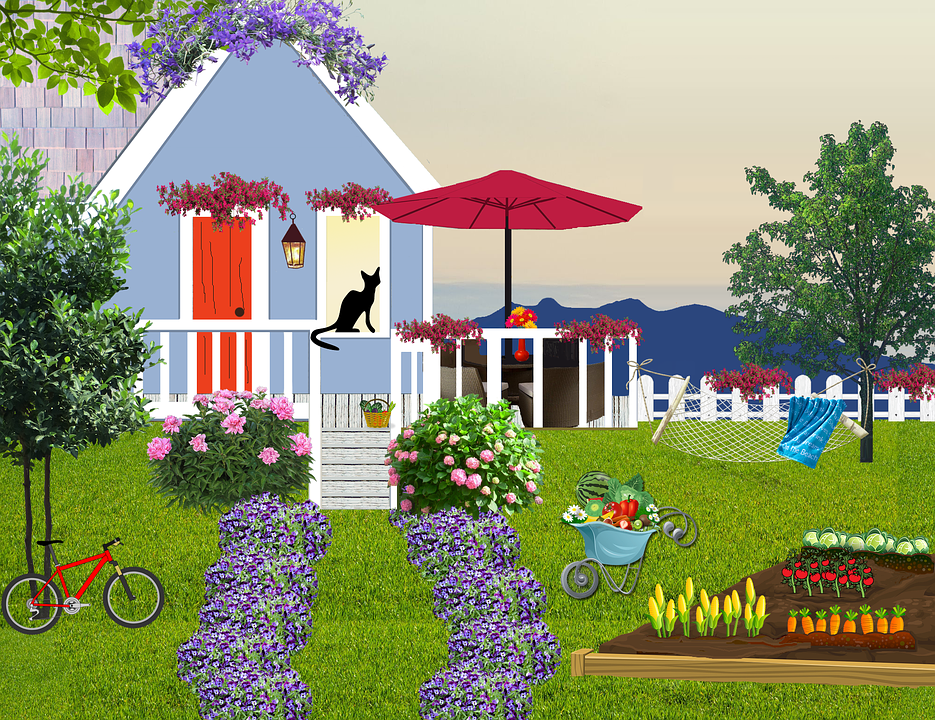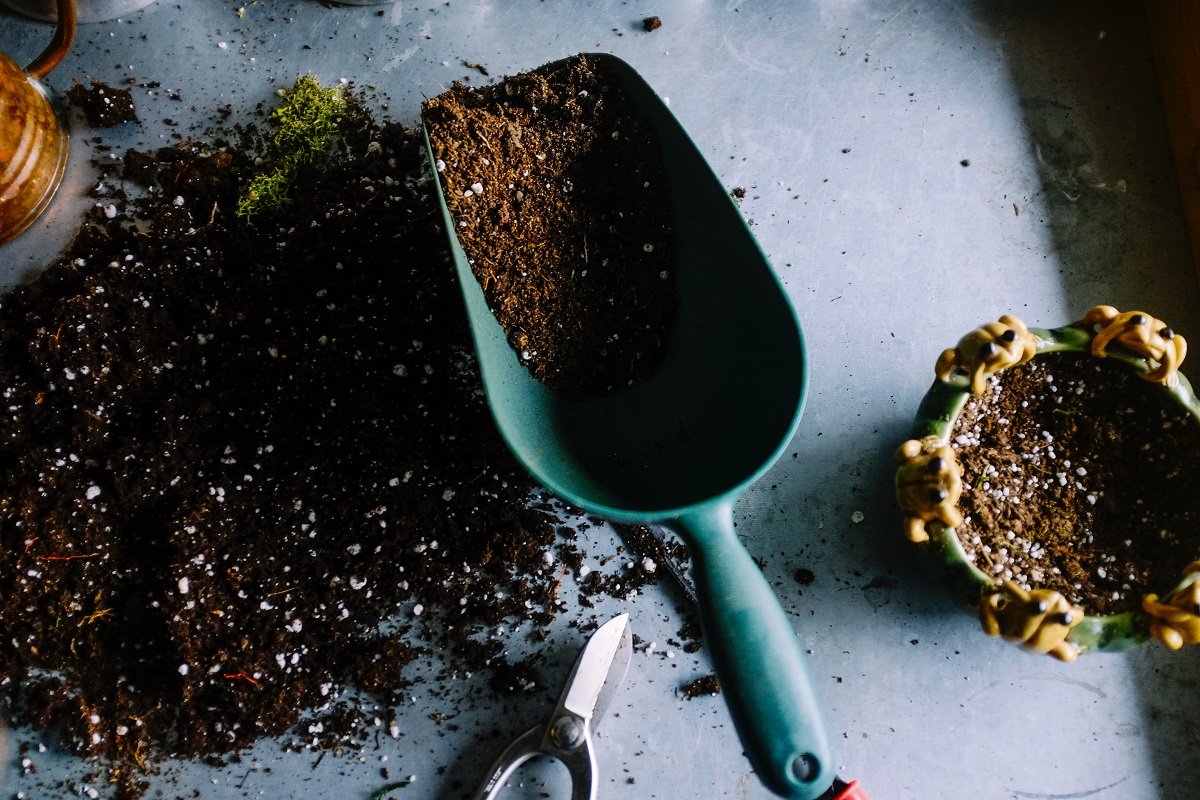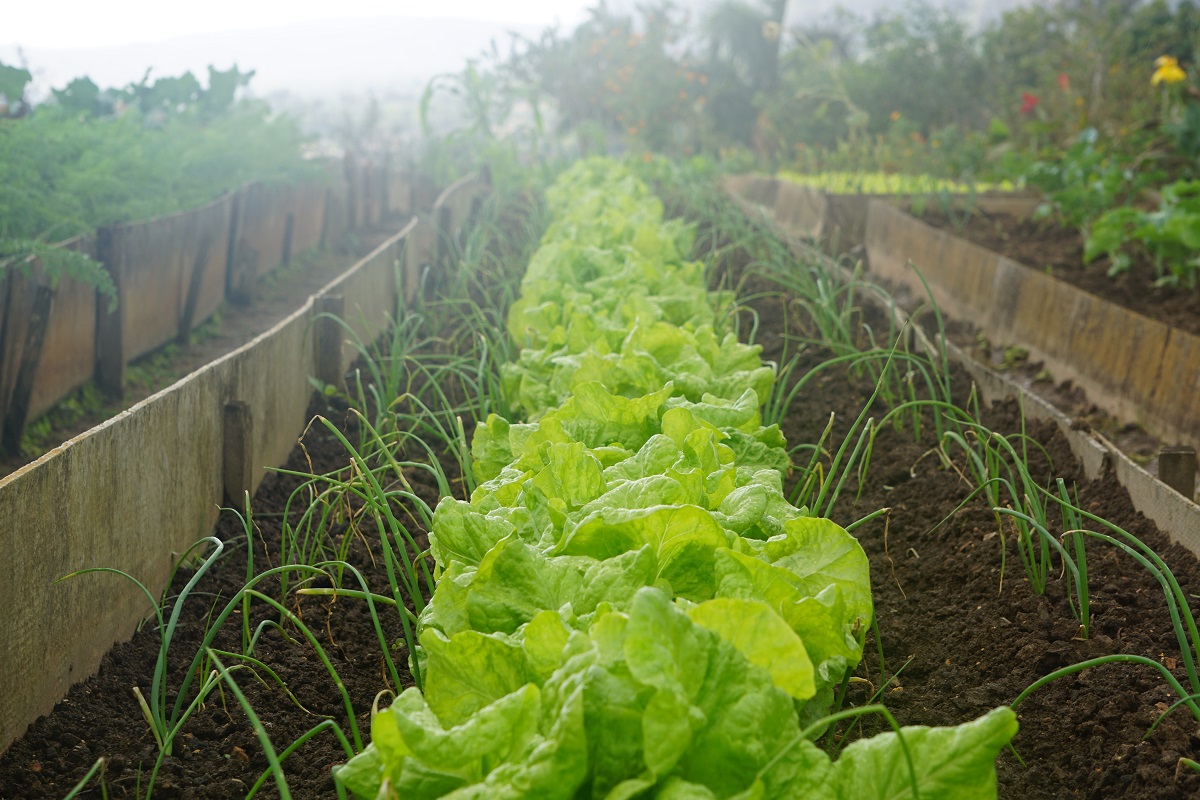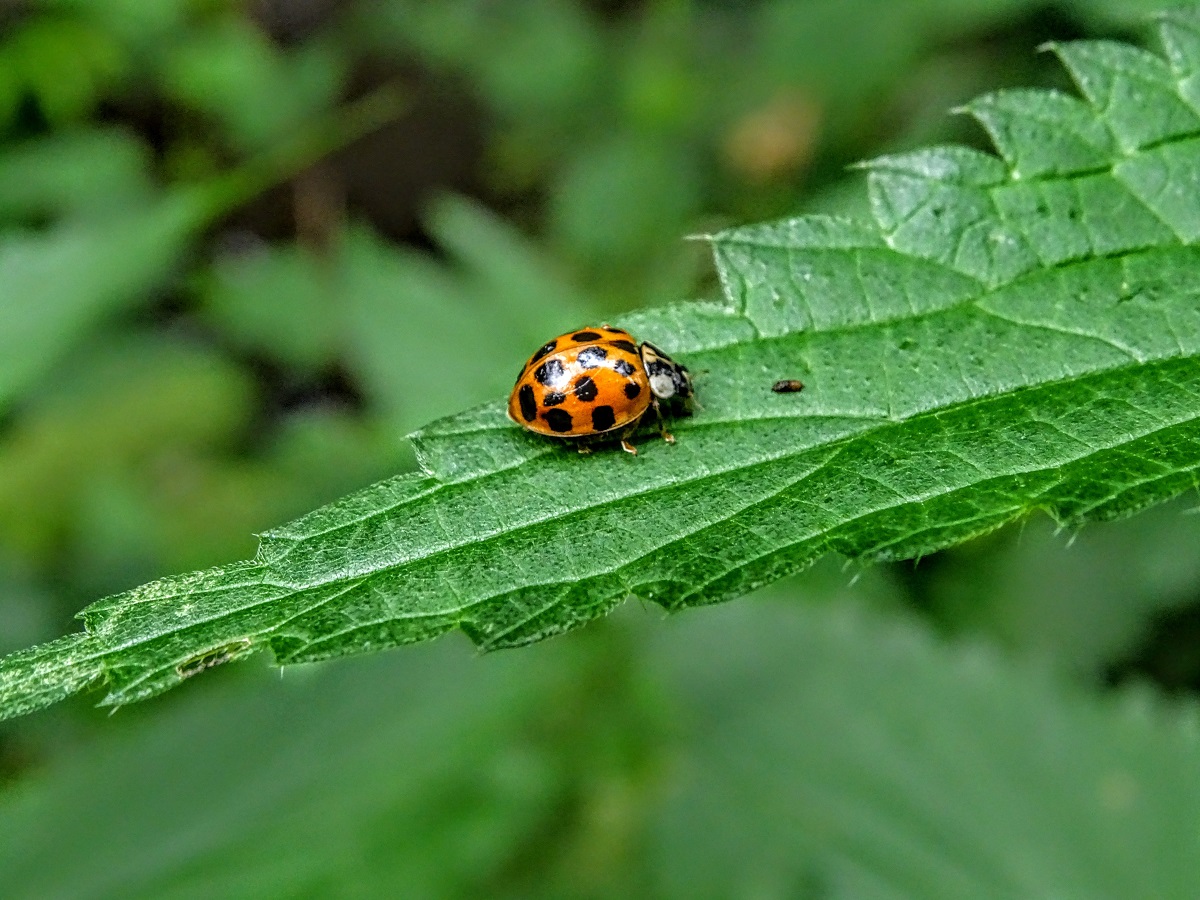
Making your garden eco-friendly brings numerous benefits to the table. First of all, you get a clear conscience, knowing well that you’re not a part of a problem but a part of a solution. Next, you directly get to save money, due to the fact that most of these methods include using fewer resources or recycling old items. On the other hand, the downsides are mostly insignificant and few in numbers. Therefore, here are the top five ways to create an eco-friendly garden.
Making your own compost
The first thing you need to worry about is the richness of the soil you’re aiming to exploit and your ability to re-fertilize it without using synthetic fertilizers. Both compost and fertilizer serve the same purpose, with one major difference – it’s possible for a fertilizer to overload the soil with nutrients, thus creating a problem. Moreover, even if the chemicals in these fertilizers aren’t harmful, the process of its creation usually has a negative ecological impact.
This is why it’s much better if you were to make your own compost. Just take a look at the list first in order to confirm which materials should and shouldn’t be used in the process. Most importantly, if using plant remains in your compost (which you should definitely do), make sure they don’t have soil-borne pathogens. By ignoring this, you place any future plants at risk.
Smart sprinkler system
The next investment reduces the water consumption of your irrigation system, maximizes its efficiency and saves you quite a bit of time. We’re, of course, talking about a smart sprinkler system, in this way you can make the entire process of irrigation into something programmable. These controllers differ in price and features, so, pick the one that meets all of your criterions. Some of them, nonetheless, lack customizable alerts, which may seem small but it is a fairly major feature. In other words, it’s a compromise that might not be worth making.
LED light
Speaking about eco-friendliness, it’s quite controversial how smart it is to leave the lights on during the night. Nonetheless, if you plan to spend the night with your friends, a smart LED illumination system is definitely eco-friendlier than a backyard bonfire. Moreover, keeping your home’s surrounding makes it less appealing to burglars, thus keeping your family safe. All in all, you need garden lights, so when considering this issue, you should probably go for outdoor led lighting solution, instead of the traditional, incandescent one. Apart from saving energy, LED lights also last longer, which means that they directly produce less waste. This is another small victory for the planet.
Companion planting
In order to make your garden eco-friendly, you need to make it as sustainable as possible. This is why you should go with companion planting and allow your vegetables, herbs and plants to help each other out. The way in which this works is fairly simple - plants are designed to make symbiotic bonds amongst themselves and, by studying these charts, you stand to expand your business, drastically. Same goes the other way around. For instance, beans are great with potatoes cabbage, carrots and corn, while they should be kept as far as possible from fennel, leeks, onions and shallots. How this works can be seen through the fact that potatoes repel some types of bean beetles.
Pest repellents instead of pesticides
Finally, instead of going for pesticides (or at least excessively using them), you should probably explore the prospect of using natural pest repellants. Earlier on, we’ve already given one example of how this works (in the section of companion planting). Erecting fences can draw some larger pets away, while a scarecrow does wonders to protect your garden, without any negative environmental impact. As for the solutions and mixtures you should try using, there are quite a few options you should look into.
For instance, vegetable oil and mild soap, when mixed together, do wonders against mites and aphids. In fact, even without vegetable oil, mild soap is a strong repellent and should be used in a form of a spray. Moreover, garlic may also serve as a reliable insecticide, especially when used in the right way. Its aroma draws most insects away, while the mixture itself doesn’t hurt the plant or the soil.
In conclusion
The one thing that must be noticed, even at a first glance, is the fact that an eco-friendly garden takes a tremendous amount of work. This is probably the main reason why so many people avoid it. The other one is the price, seeing as how a proper lighting system installation and Wi-Fi sprinkler system add a new expense to the list. Sure, these investments may be fairly modest and even capable of paying themselves off in the future. However, most people believe that they can make their garden just as efficient even without them. Nevertheless, each of these projects, purchases and efforts are more than worth making.
Guest post by Stella Ryne
About the Author
 Stella is an art historian, entrepreneur, conscious consumer and a proud mother. She’s also deeply into green practices, cherishing the notion that sustainable housing and gardening will not only make us far less dependent on others regarding the dwellings we inhabit and what we eat, but also contribute to our planet being a better place to live on.
Stella is an art historian, entrepreneur, conscious consumer and a proud mother. She’s also deeply into green practices, cherishing the notion that sustainable housing and gardening will not only make us far less dependent on others regarding the dwellings we inhabit and what we eat, but also contribute to our planet being a better place to live on.
You may also like
Domestic Organic Gardening: Learning from the Experts
Using Food Scraps in the Garden Without a Compost Bin [Infographic]
Making Your Garden “Greener” in More Ways Than One





